Pirelli is considering implementing distance limitations for the upcoming Qatar Grand Prix to prevent potentially catastrophic failures at the Lusail International Circuit.
The Italian tyre manufacturer's concerns stem from the unique combination of factors that make Qatar particularly punishing on rubber compounds.
The circuit's aggressive kerbing, abrasive track surface, and sustained high-speed cornering loads have repeatedly pushed tyres beyond their operational limits since F1's return to the Gulf state.
"If the tread becomes too thin, the tyre is no longer protected," Pirelli motorsport director Mario Isola recently explained to Auto, Motor und Sport. "Then a small stone or splinter is enough to tear the rubber layer."
This vulnerability was demonstrated during the 2023 Qatar Grand Prix weekend, when Pirelli was forced to implement emergency measures limiting drivers to just 18 laps per set of tyres.
The restriction, announced after concerning tread wear patterns emerged during practice sessions, effectively mandated a three-stop strategy for all competitors.
The 2023 intervention came despite earlier modifications to the circuit's kerbing profile. Track officials had already lowered the most aggressive kerbs following complaints from teams about excessive tyre degradation, yet the problems persisted.
The combination of Qatar's desert environment, high ambient temperatures, and the circuit's particular demands on lateral loading continued to stress the tyre construction beyond acceptable safety margins.
Pirelli's potential new maximum distance restrictions would likely mandate a minimum two-stop strategy, forcing drivers to change tyres at least twice during the 57-lap race.
The Qatar circuit's characteristics create a perfect storm for tyre degradation. The long, sweeping corners place sustained lateral loads on the tyre sidewalls, whilst the abrasive asphalt surface accelerates wear rates across the tread compound.
High-speed sections followed immediately by heavy braking zones create thermal stress cycles that can compromise the tyre's structural integrity.
As in 2023, the potential mandatory pit stop requirement would fundamentally alter race strategy calculations, as teams would need to plan their approaches around guaranteed tyre changes.
Don't miss out on any of the Formula 1 action thanks to this handy 2026 F1 calendar that can be easily loaded into your smartphone or PC.
Download the calenderMost read
In this article
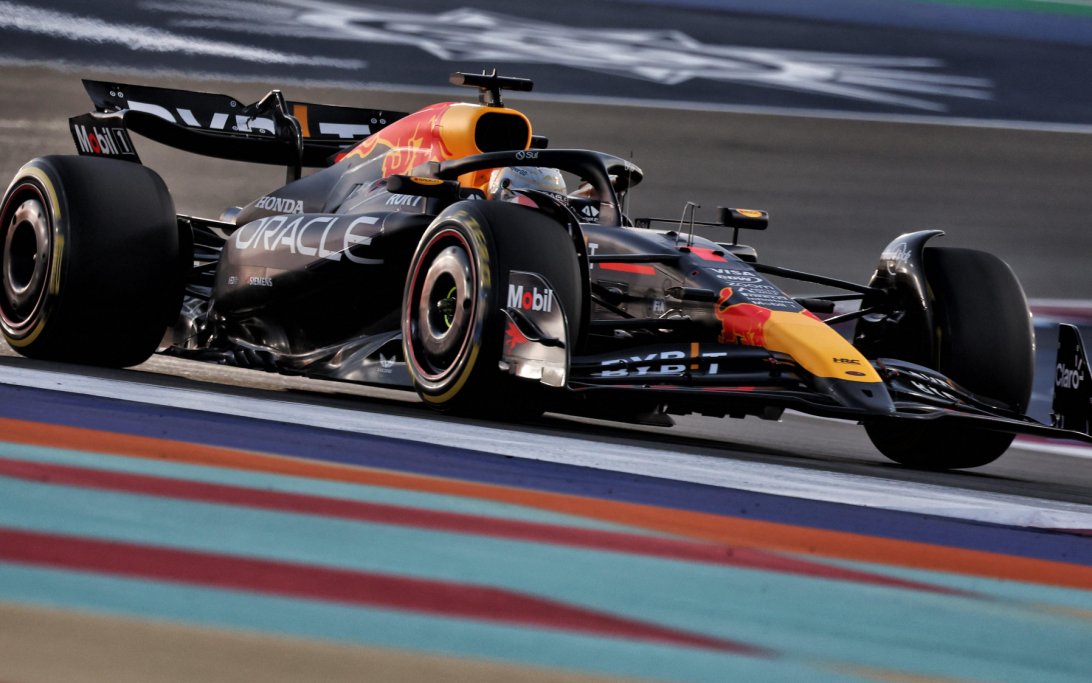

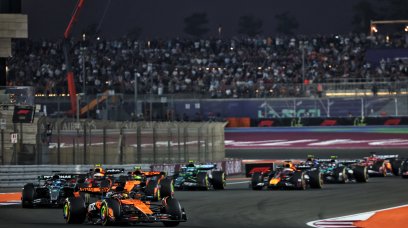
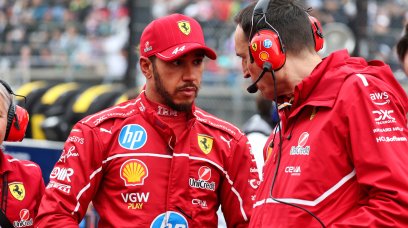

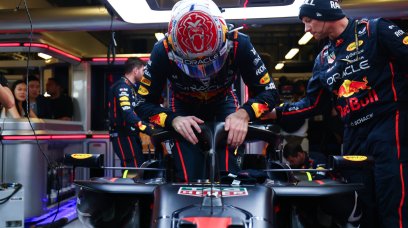

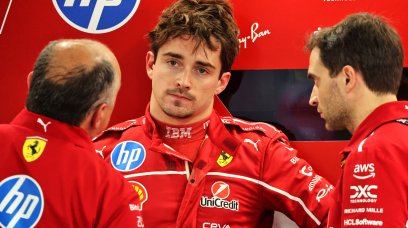
Join the conversation!